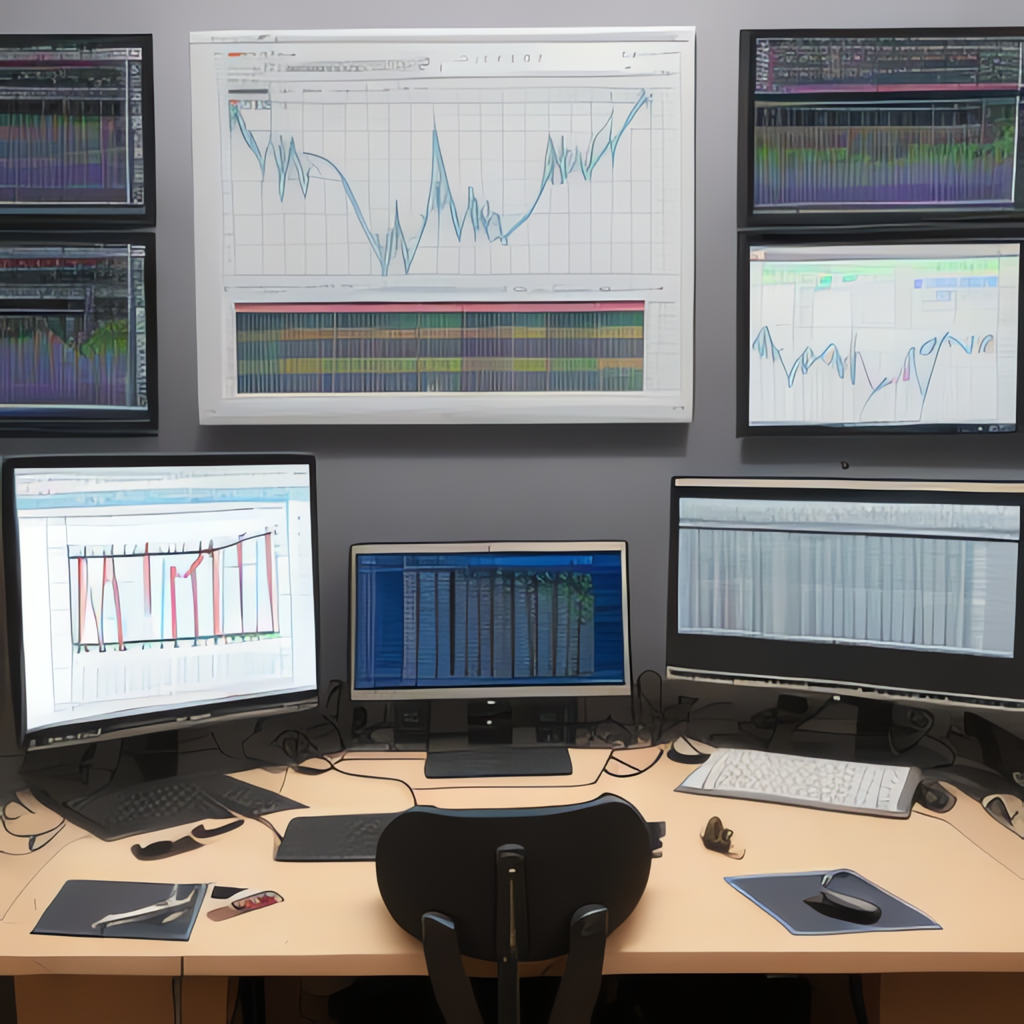Navigating Data Visualization: Mastering Popular Chart Types for Clear Communication
In today’s data-driven environment, the necessity for effectively presenting and understanding large amounts of information is immense. Data visualization plays a critical role in communicating insights, patterns, and trends that enhance decision-making and knowledge dissemination. With the multitude of chart and graph types available, choosing the right one to accurately convey your message becomes a crucial skill. This guide aims to help you navigate through popular chart types, from classic visual representations to more complex and specialized data displays.
Basic Chart Types: Bar, Line, Area, Column, and Stacked Area
Bar Charts: Excellent for comparing quantities across different categories. They can be displayed horizontally or vertically, depending on which you find more intuitive for the data sets you’re working with. Bar charts are especially useful when categories have long names.
Line Charts: These are great for visualizing trends over time or continuous data. They are best used to show changes in variables over a period or to compare trends between different variables.
Area Charts: A variant of line charts, where the area between the line and the axis is filled with color. This type of chart is effective for emphasizing the magnitude of change over time.
Column Charts: Similar to bar charts but with a vertical orientation, columns are ideal for time series data or comparing values across categories. They are more space-efficient than line charts when compared with multiple data series.
Stacked Area and Stacked Column Charts: These charts are variations that allow you to compare both the magnitude of multiple data series (as with area or column charts) while also showing their cumulative totals (as with stacked formats).
Specialized Charts: Polar Bar, Pie, Circular Pie, Rose, and Radar
Polar Bar Charts: Useful for visualizing cyclical patterns, such as seasonal sales data. Each bar is drawn from the polar axis to the value it represents, which can be helpful for understanding fluctuations that repeat over a specific period or cycle.
Pie Charts: Often criticized for their limitations in detail compared to other types, pie charts are great for showing proportions of a whole. Each slice represents a category’s percentage of the total.
Circular Pie Charts (Exploding Pie, Doughnut, or Target Charts): These variations of the pie chart offer added visual interest and can be better suited for displaying a focus on specific categories, with ‘exploded’ arcs highlighting these categories.
Rose Charts (or Radar Charts): These charts are versatile for displaying multi-dimensional data, effectively visualizing both the direction and magnitude of variables within each dimension.
Radar Charts: Ideal for showing multi-criteria, comparative analysis, such as performance metrics for different teams or products across various categories.
Distributed Charts: Beef Distribution, Organ, and Connection Maps
Beef Distribution Charts or Dot Distribution: These charts are particularly useful for geospatial data, effectively displaying the spread or concentration of points across a geographical area.
Organ Charts: Used in organizational settings to show the hierarchy of an organization, detailing reporting structures and roles within a company.
Connection Maps: Similar to network diagrams, connection maps help visualize relationships and interactions between multiple entities, such as in project management or social networks.
Specialized Visualization: Sunburst, Sankey, and Word Cloud Charts
Sunburst Charts: Utilized for hierarchical data, sunburst charts display the structure with concentric circles, making it easy to understand the breakdown of categories and subcategories.
Sankey Diagrams: These are particularly effective for showing flows and energy or material exchanges between nodes in a network. Sankey diagrams can display how the total amount splits and recombines through various stages.
Word Cloud Charts: A type of text visualization, word clouds are a popular method to display a large amount of text data in a visually engaging way, where the size of each word indicates its frequency or importance.
Conclusion: Choosing the Right Chart
Selecting the appropriate chart type is pivotal when communicating data insights. Each chart type has its unique strengths and limitations. Consider the nature of your data, the story you want to tell, and the audience’s need for simplicity or detail. Practice and experimentation with different visualization tools can help you master the art of choosing and designing effective charts that truly make data ‘speak.’ Remember, the clarity, accuracy, and accessibility of your data visualization can make or break the usefulness of your presentation.
